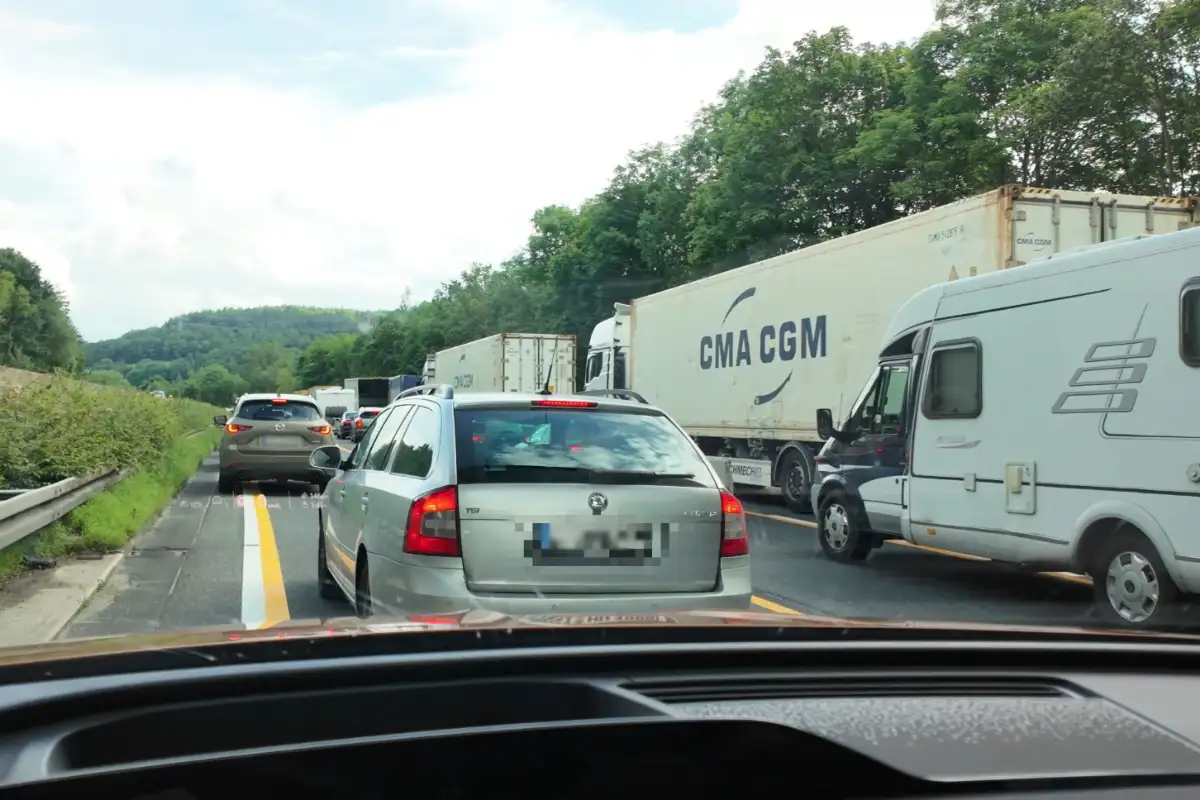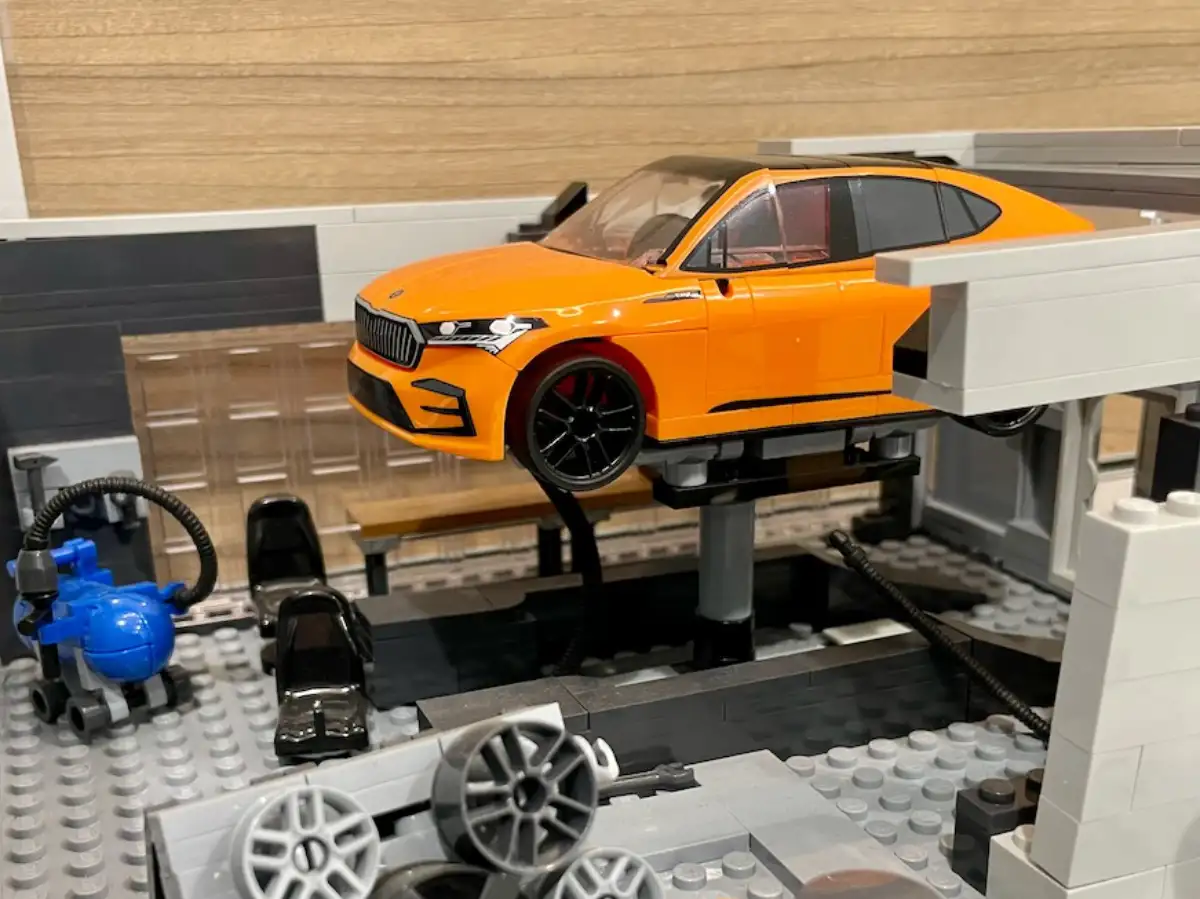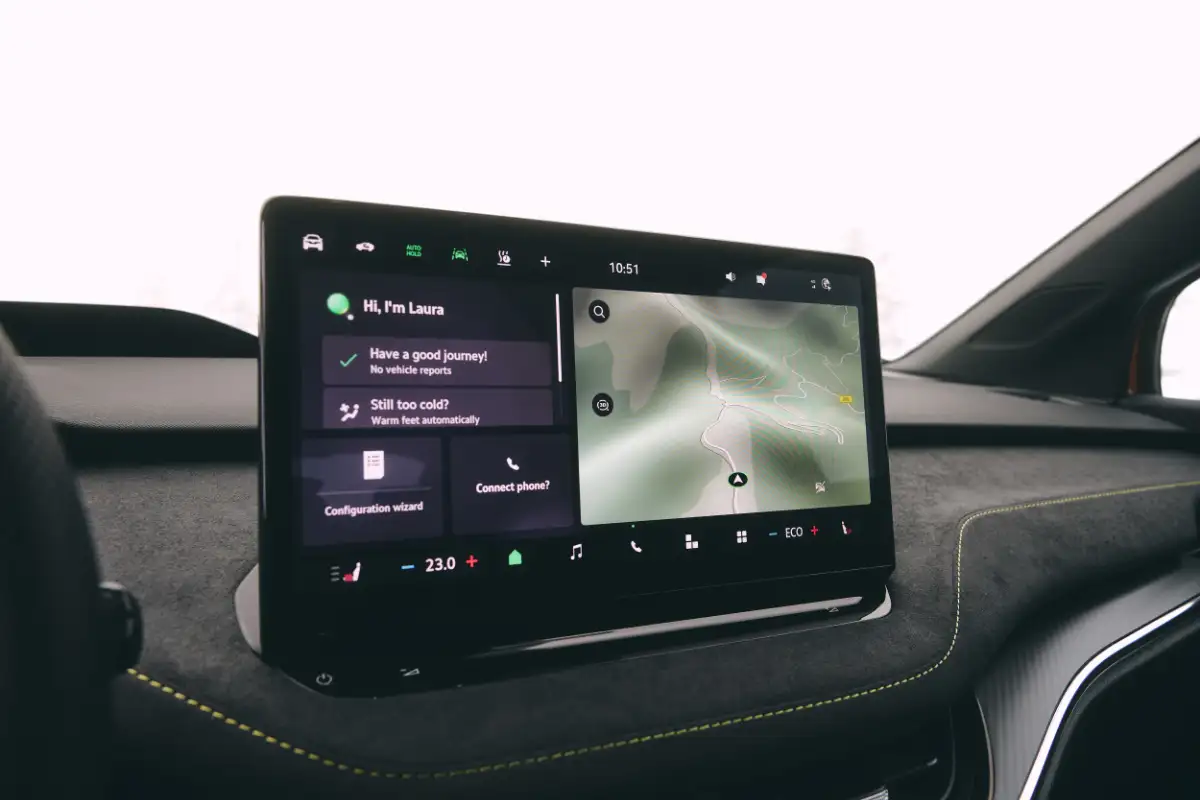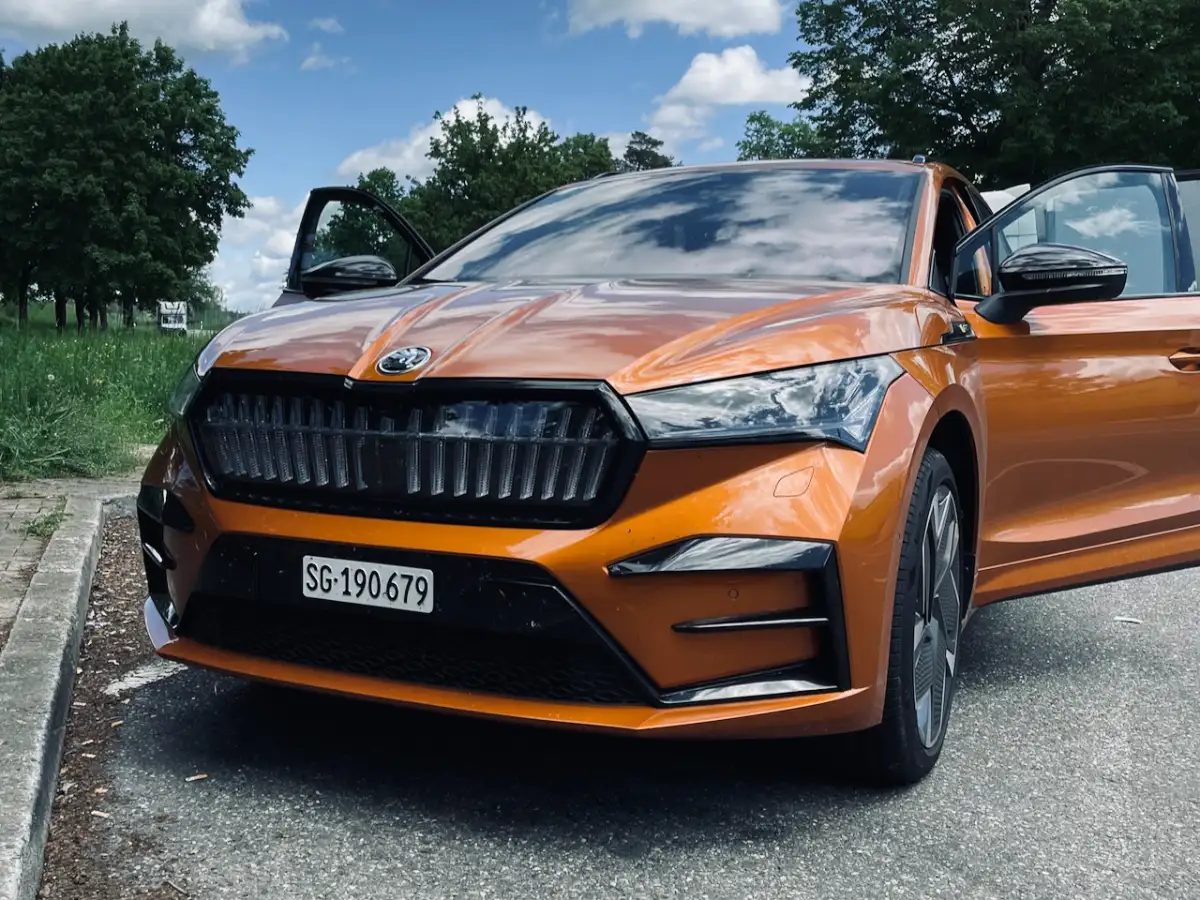The myth that electric vehicles (EVs) simply run out of power and come to a halt in traffic jams persists stubbornly. However, reality paints a different picture. In this article, I clarify why EVs are actually more efficient than combustion engine vehicles in traffic and why you don’t need to worry.
Energy Consumption at a Standstill
An electric vehicle consumes very little energy when stationary because there’s no engine running to supply power. Without air conditioning, it’s just a few hundred watts, not even a kWh. With air conditioning, it can be around 1.5 kWh, including music and a connected cooler. This is based on my own experience during a complete closure on the A7 highway in summer. Per hour, an EV in traffic consumes about 2% of its charge. This means you can be stuck in traffic for a very long time without running out of power.
A combustion engine vehicle consumes about 0.9-1.5 liters of fuel per hour when stationary. This also corresponds to about 2% of the tank’s content, but with significantly higher energy consumption and CO2 emissions. Here too, consumption depends on usage and, to some extent, the installed engine. Unlike EVs, combustion engines continue to consume fuel even when idling without any additional loads, leading to higher energy consumption and more emissions.
Why Traffic Jams Are Not a Problem
A traffic jam is a test of patience for every driver, but in an EV, it’s not a problem. A complete closure, certainly the most unpleasant form of traffic jam, lasting 5 hours means about 10% consumption of the battery’s content. Since most people rarely drive to a charging station with less than 10% charge, the likelihood of getting stuck in traffic with such a low charge is very slim. Especially because Škoda’s navigation has very good data and can almost always detect and bypass traffic jams.
But if you’re really unlucky, you can still end up in a traffic jam with, say, 10% charge. Just like you can end up in a traffic jam with a combustion engine vehicle with the reserve light on. Here, the combustion engine does indeed have an advantage, as you can refuel it from a reserve canister (if you still have one). This is more difficult (but not impossible) with an EV. Even now, the traffic jam can easily last another 3-4 hours, and you would still make it to a charging station. And if you, albeit reluctantly, turn off the consumers, the battery will last almost indefinitely in such a traffic jam.
Conclusion
The myth that EVs simply come to a halt in traffic jams is unfounded. EVs are not only more environmentally friendly but also more efficient in traffic. So you can calmly sit in traffic (and get annoyed by it) without worrying about energy consumption.





